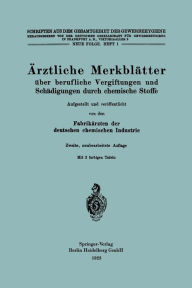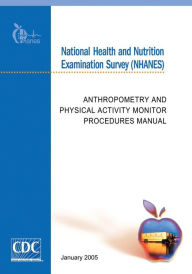Nebular hypothesis
by Jerzy Franczak
2020-06-03 02:42:38
The nebular hypothesis is the most widely accepted model in the field of cosmogony to explain the formation and evolution of the Solar System. It suggests that the Solar System formed from nebulous material. The theory was developed by Immanuel Kant ...
Read more
The nebular hypothesis is the most widely accepted model in the field of cosmogony to explain the formation and evolution of the Solar System. It suggests that the Solar System formed from nebulous material. The theory was developed by Immanuel Kant and published in his Allgemeine Naturgeschichte und Theorie des Himmels ("Universal Natural History and Theory of the Heavens"), published in 1755. Originally applied to the Solar System, this process of planetary system formation is now thought to be at work throughout the Universe.[1] The widely accepted modern variant of the nebular hypothesis is the solar nebular disk model (SNDM) or simply solar nebular model.[2] This nebular hypothesis offered explanations for a variety of properties of the Solar System, including the nearly circular and coplanar orbits of the planets, and their motion in the same direction as the Sun's rotation. Some elements of the nebular hypothesis are echoed in modern theories of planetary formation, but most elements have been superseded.
Less





























